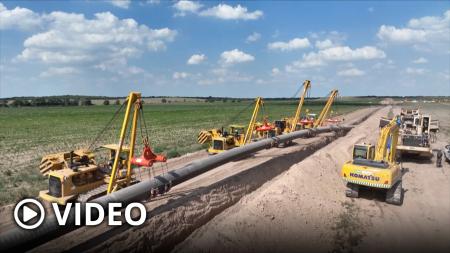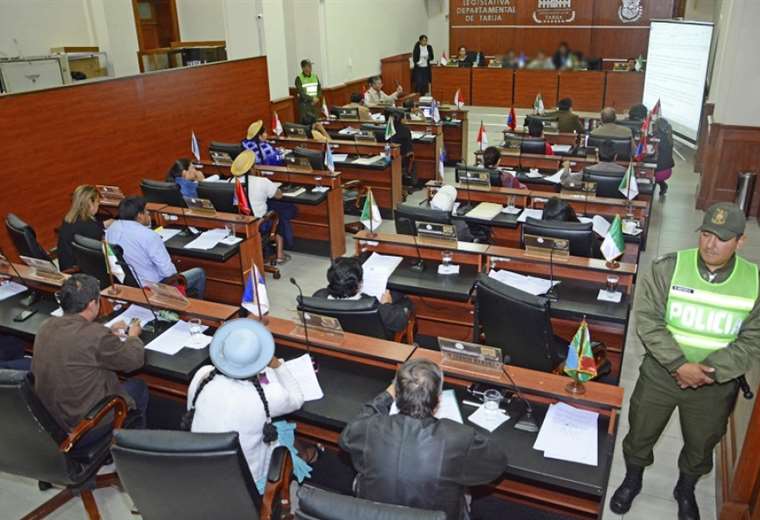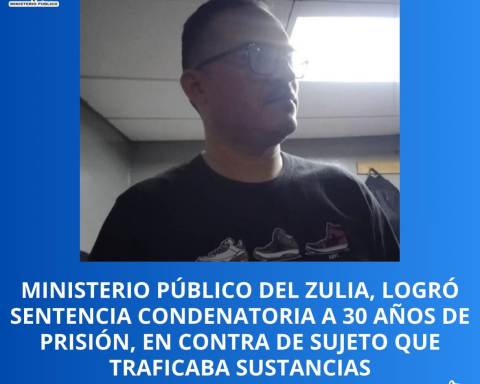The state company Energía Argentina announced this Friday that the works of the first section of the President Néstor Kirchner gas pipeline are advancing in its construction and the descent of welded pipes to the trench at kilometer 440 of the route, at the height of the Pampean town of Doblas, began. .
This key phase of the project takes place after the commissioning of the automatic pipe welding systemtechnology that is used for the first time in Argentina and, in addition, two double-joint welding plants were installed, the company reported.
How is it the procedure
The lowering of pipes is a procedure that is carried out by means of a set of specific equipment called pipelayers, which work simultaneously and in a coordinated manner, with a lifting capacity of 60 tons each.
These machines They handle different sections of approximately 1,000 meters of 36” diameter pipe, which have already been welded and paraded (placed) along the route.
Then, we proceed with the placement of the welded column in the open trench, previously carried out by trenching teams and once this process is completed, we proceed with the covering and recomposition of the land.

Pipelayer operators were specially trained to handle this type of complex equipment, which require high precision maneuvers.
The construction of the gas pipeline is carried out simultaneously on different work fronts, with the aim of speeding up times.

With an extension of 573 kilometers, The construction of the Néstor Kirchner gas pipeline, in charge of Energía Argentina, will save more than 2,900 million dollars a year between the substitution of fuel imports and the reduction of subsidies.
The laying will also increase the availability of gas at competitive prices and generates 10,000 direct jobs and another 40,000 indirect jobs, between the construction of the work and the increased gas production in Vaca Muerta.

















